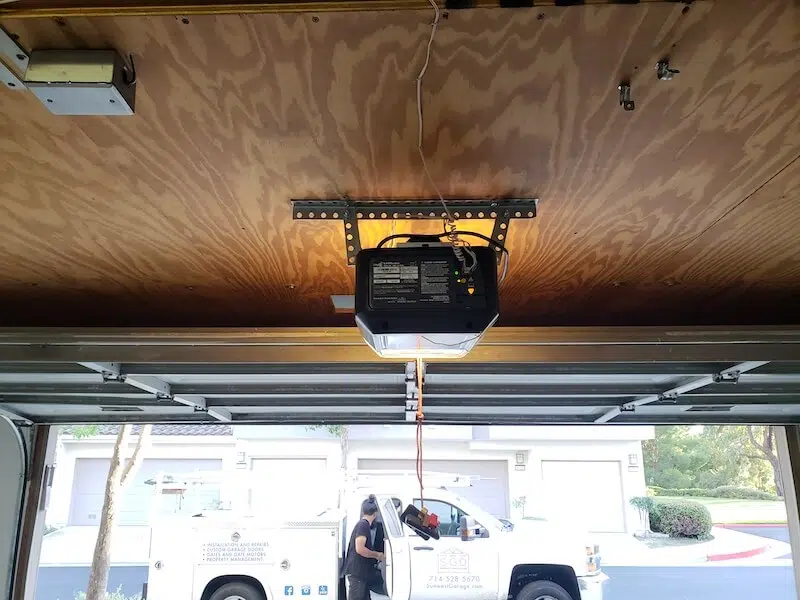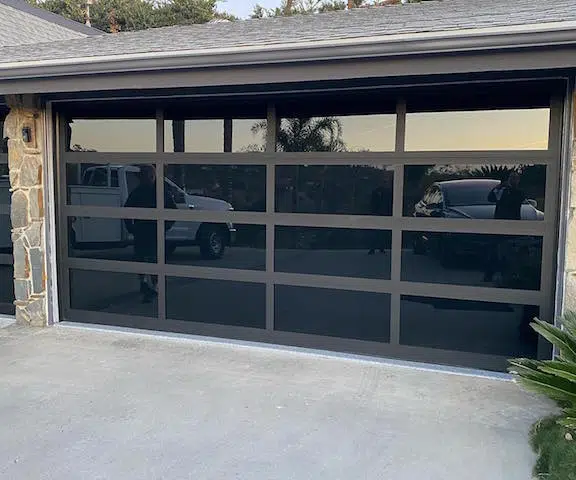Of all the parts that make automatic garage doors work, garage door springs are among the most important. They control the ascent and descent of your door, meaning that a broken one will put your garage door out of commission until it’s replaced. With that in mind, here’s a basic guide to garage door springs for all homeowners.
Basic Types of Garage Door Springs
There are two types of springs your garage door might use. The first type is garage torsion springs. These are generally attached right above the garage door (you should be able to see it when your garage door is closed), and work by twisting.
They’re often used for heavier garage doors — remember, garage doors can weigh up to 1,000 pounds, though a few hundred pounds is more normal. Extension springs, the second kind, are generally installed in pairs and located on either side of garage doors.
The Lifespan of Garage Door Springs
Garage door springs are very heavy-duty, but they won’t last forever. They generally have life-cycle ratings, such as 10,000, 25,000, 50,000, etc. That may make it sound like springs should last for a very long time but consider this.
One nationwide survey found that 71% of homeowners use garage door openers to enter their houses every single day, and it’s estimated that the average electric garage door opener raises and lowers a 150- to 250-pound garage door over a thousand times annually.
All that opening and closing puts strain on your garage door springs, too, and that strain can be exacerbated by a poorly calibrated garage door system or harsh environmental conditions.
Inspecting Garage Door Springs
Because a broken garage door spring essentially means a broken garage door, you can save yourself some grief by inspecting your springs every time you clean your garage (once or twice a year, ideally).
Look for any signs of rust or springs that look stretched out. You should also pay attention to the rate at which your garage door descends, because an increase in speed over time may indicate that your springs are wearing down and should be replaced.
How to Replace Garage Door Springs
If you’re wondering how to replace garage door springs, the simplest answer is to pick up the telephone and call a few garage door companies for quotes. Yes, it’s possible to buy garage door replacement parts, including springs, and DIY.
But, garage doors are heavy, and changing springs can actually be a very dangerous task if you’re not properly trained. It’s possible to learn how to do your own repairs, but it’s not something you should attempt as a weekend project. Instead, give us a call at (714) 528-5670 to schedule your garage door spring replacement today!
Do you have any tips on how to replace garage door springs on your own — safely — in some circumstances? Join the discussion in the comments.







